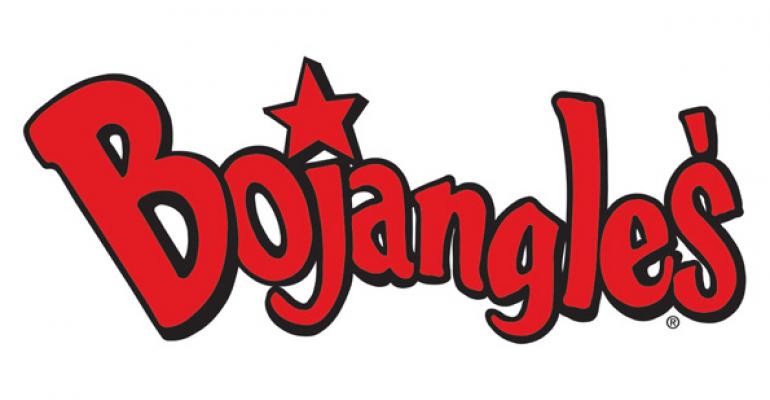Consumers bought less chicken at Bojangles’ Inc., leading to a decline in same-store sales in the quarter ended June 25, the company said last week.
But labor costs hurt, too, hitting the chain’s profit margins. And executives said that it’s not getting any better.
“We expect our restaurant labor cost will continue to increase due to the tightening labor market and higher medical costs,” chief financial officer John Jordan said on the call. He also said various labor initiatives — including an increase in the number of full-time employees — impacted labor costs.
Labor costs for the quarter were 29.1 percent of revenues, up from 27.7 percent in the same period a year ago.
A tight labor market has dogged restaurant operators in recent months, forcing companies to pay higher wages and leading to increases in labor costs.
It’s particularly troublesome at a time when consumer spending appears to have slowed, at least at many restaurant chains. At Charlotte-based Bojangles, same-store sales declined 1.4 percent in the quarter ended June 25, including a 3.3-percent decline at company-owned restaurants.
“With soft consumer spending and a greater use of delivery service, aggressive discounting and competition from convenience and grocery stores, all of us are dealing with some sort of headwinds,” CEO Clifton Rutledge said. “Consumers are more mindful of where they spend their hard-earned money and the quality they get for their money.”
The higher labor costs, and lower sales, led to a steep decline in company restaurant margins, to 16 percent of revenues, from 19.7 percent.
Bojangles’ stock fell 15 percent on Friday on the news, and was down slightly again on Monday.
The stock hit a new 52-week low on Friday, and is down nearly 40 percent since it hit nearly $22 per share in April.
“Current conditions will require experience, a clear plan, and a willingness to make modifications to stay competitive,” Rutledge said. “We remain completely confident in the strategic roadmap we have in place, and we’ll continue building this company that is sustainable.”

One strategy the company plans to employ is more franchise development. Company executives said they would focus more on franchising starting next year, and less on developing company operated locations. The company operates 314 of the chain’s 740 locations as of the end of the second quarter. It sold five locations to franchisees.
Franchisees easily outperformed company locations in the quarter — franchisees’ same-store sales were down just 0.1 percent. The company operates 300 stores outside of its core markets in the Carolinas. Those stores average $1.4 million per unit, but franchisee-operated stores perform better than average, and company stores perform worse.
Rutledge said on the call they “would consider refranchising some markets outside of our core.” “It will have to be the right situation for our business,” he said.
The company has focused more of its investments on service and labor than on technology, despite an industry-wide focus on issues mobile apps.
“Our service needs to match the quality of our food,” Rutledge said. “I wish I could snap my fingers and say there’s going to be better service tomorrow than today. That takes time.
“The technology piece of it is definitely going to help when we can finally get all of that turned on. But we’re not going to do that if they show up and they have a bad experience when they pick up.” He said the labor would help the company “get ready for the delivery piece and also mobile ordering.”
Contact Jonathan Maze at [email protected]
Follow him on Twitter at @jonathanmaze

